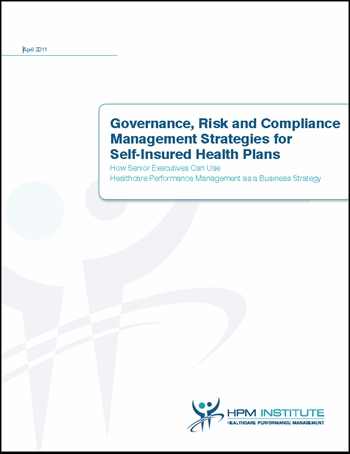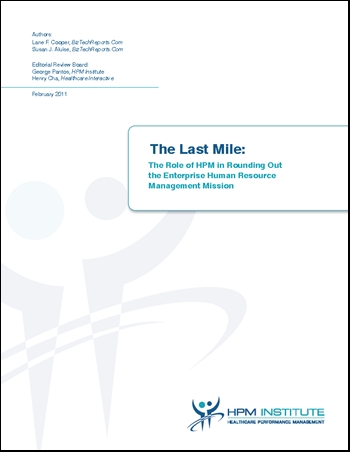In Memory of Those Whose Sacrafice has Given Us the Gift of Freedom
Each and every day, Americans and millions of others throughout the world remember and honor all those whose sacrifice has secured for us the blessings of liberty. It is because of these individuals that we enjoy freedom of thought and self expression; the very foundation that makes StrategyDriven possible.
Today, we remember all those who made the ultimate sacrifice to secure for us, our children, and all future generations, the unalienable rights of life, liberty, and the pursuit of happiness. The video below honors the memory of First Lieutenant Travis Manion, United States Marine Corps, and Lieutenant Brendan Looney, United States Navy, who were United States Naval Academy classmates, company mates, and roommates; becoming as close as brothers. One went to Iraq, the other to Afghanistan. Both were killed in action and have been laid to rest, side-by-side, in Arlington National Cemetery.
The value of freedom comes at a hefty price. Individuals endanger their lives to secure the freedom and safety of their country, a course much more significant than themselves. However, sometimes the families of the veterans may go unappreciated even though they sacrifice a lot to ensure the nation remains safe. As a result, it is crucial to have a support system that promotes the well-being of families of fallen heroes. When done correctly, the families will feel appreciated, and the support can help them secure their children’s future by sending them to schools and even starting businesses.
Although this can be a one-time event, it is prudent to have programs running to remember the services delivered by fallen veterans. In addition, during remembrance, one can have Urns to present to families of the great fallen heroes. And since this cannot be achieved without resources, joining hands to raise funds for such a noble cause is priceless. While you’ll be giving the little you have, it will give you a fulfilling feeling of touching the lives of deserving persons. Strive to join StrategyDriven in helping to transform the lives of thousands across the country.

 Explore how Healthcare Performance Management (HPM), combined with self-insurance, can empower organizations not only to better manage their governance, risk and compliance exposures, but also to deliver bottom-line business value to a company.
Explore how Healthcare Performance Management (HPM), combined with self-insurance, can empower organizations not only to better manage their governance, risk and compliance exposures, but also to deliver bottom-line business value to a company.
 The StrategyDriven family is proud to introduce Rachelle Zimmerman as our Website Editor! As StrategyDriven‘s Website Editor, she oversees all online content development and publishing.
The StrategyDriven family is proud to introduce Rachelle Zimmerman as our Website Editor! As StrategyDriven‘s Website Editor, she oversees all online content development and publishing. With U.S. healthcare spending set to grow 5 percent – or more than $100 billion – each year through 2013, businesses are scrambling for ways to save money on their health benefits. To do so, they’ll have to invest proactively in their employees’ health – and not just shop around for a good insurance deal, according to a new report from the Healthcare Performance Management (HPM) Institute.
With U.S. healthcare spending set to grow 5 percent – or more than $100 billion – each year through 2013, businesses are scrambling for ways to save money on their health benefits. To do so, they’ll have to invest proactively in their employees’ health – and not just shop around for a good insurance deal, according to a new report from the Healthcare Performance Management (HPM) Institute.